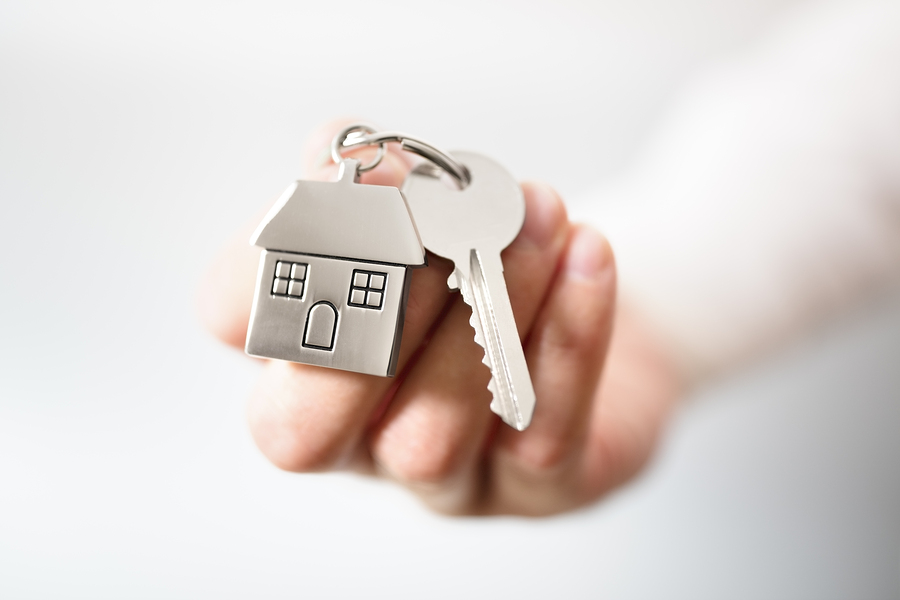Buying a Leasehold Flat – What You Need To Know
The vast majority of flats are sold on either a leasehold or share of freehold basis, with the former being especially popular in the retirement homes sector according to Age UK.
But what does leasehold really mean?
In a nutshell, it means you own the flat you live in whilst leasing the ground on which it sits. These leases usually run for a considerable number of years, most frequently between 90 and 120 years, but in some instances as high as 999 years.
Considering that 27% of residential property transactions are for leasehold properties, one might be forgiven for thinking that the buying and selling of these properties would be fairly standardised. They are not.
Instead, buying and selling leasehold properties can often be laced with nuance and bureaucracy, hence why we decided to create this article… to try and summarise the key points you need to know when buying a leasehold flat. So without further ado, let’s look at the advantages and disadvantages of leasehold properties:
Advantages of Leasehold
-
- Less responsibility for maintenance and repairs
- Leasehold properties are typically less expensive than equivalent freeholds.
- Terms in your lease may mean that if you’re having issues with – say – noisy neighbours, they can be dealt with via the landlord rather than escalating to the police.
- Buildings insurance will usually be covered by the freeholder.
- You normally have the right to extend your lease by 90 years
- It may also be possible to buy the property outright, either through share of freehold or enfranchisement.
Disadvantages of Leasehold
- The value of your property will rapidly decrease when you have less than 80 years left on the lease.
- If you want to extend the leasehold, you will have to pay a premium (again, this premium is not standardised).
- You lease will likely have clauses which limit the way you can use the property, for example whether you can sublet or have pets.
- Although the typical ground rent is around £370 per year, some leasehold contracts specify compound increases over time (e.g. spiralling costs that double every ten years).
- Landlords have sometimes been known to charge for permission to build extensions and conservatories.
If at this point you’re becoming disillusioned with the whole idea of a leasehold property, don’t be. Many of the disadvantages that we’ve listed above are issues with bad leases, and for every bad lease there are several good ones.
Instead, if you’re looking at buying a leasehold, our advice is to do your due diligence and – crucially – to review your lease contracts with a fine-tooth comb. Also make sure that you employ a solicitor or conveyancer who you trust, as they will be able to pick up on issues that we common folk might miss.
Finally, if you’re looking to see what types of leasehold properties are on the market right now, be sure to visit Yopa’s property search. Alternatively, if you’re looking to sell a leasehold property then we also have an in-depth article about what to look out for on Yopa’s Homeowners’ Hub.



















